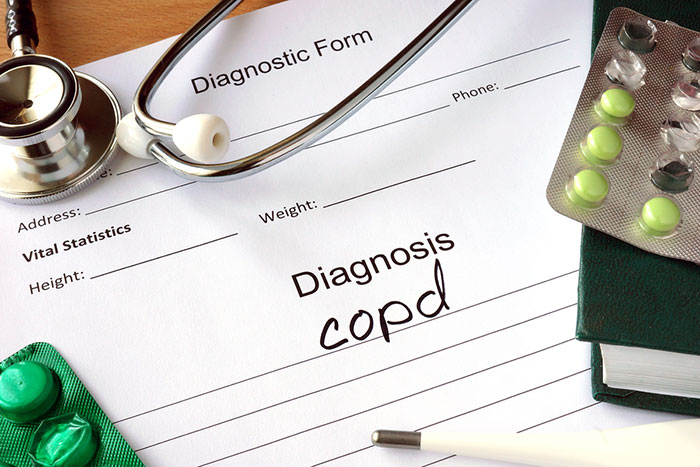|
The doctor will take a thorough history of your medical history and symptoms.
The most common test used to diagnose COPD is a lung function test; this
where a person is ask to breathe in and out into a machine and various readings
are taken. Additional tests may include a chest x-ray or a CT scan.
Although COPD is a chronic, progressive disease with no cure, there
are a number of options for managing the symptoms and improving one’s quality
of life.
The most important step in managing your COPD is to stop
smoking. In addition to quitting smoking it is also advisable to avoid things
that irritate your lungs (like dust, strong fumes, smoke and the like).
Good hygiene (for example, hand washing) can reduce the chances
of you getting sick. You can also speak to your doctor about possible vaccinations
that would be suitable for you. Recognising the signs of an exacerbation
(worsening of symptoms) is also important so that you can get early treatment.
Signs of an exacerbation include:
- A change in the amount or colour of the mucus
- Difficulty getting the mucus out
- Worsening cough
- Cold or flu-like symptoms, fevers
- Worsening breathlessness with activity or at rest
- Worsening wheeze.
It is important to take your medication as prescribed by your doctor;
even though you may be feeling fine, the medications aim to help control
and slow the progression of COPD.
Pulmonary rehabilitation is a structured
programme that aims to help improve your exercise tolerance and make physical
activity easier. People who take part in pulmonary rehabilitation programmes
have reported improved levels of activity, reduced breathlessness with activity
and improved quality of life. Your doctor or physiotherapist should be able
to advise you on a suitable programme.
Surgery is an option for some
people, but it depends on how advanced the condition is. In more advanced
COPD, oxygen therapy is often used. This may be only for a certain amount
of time during the day or continuously.
|
